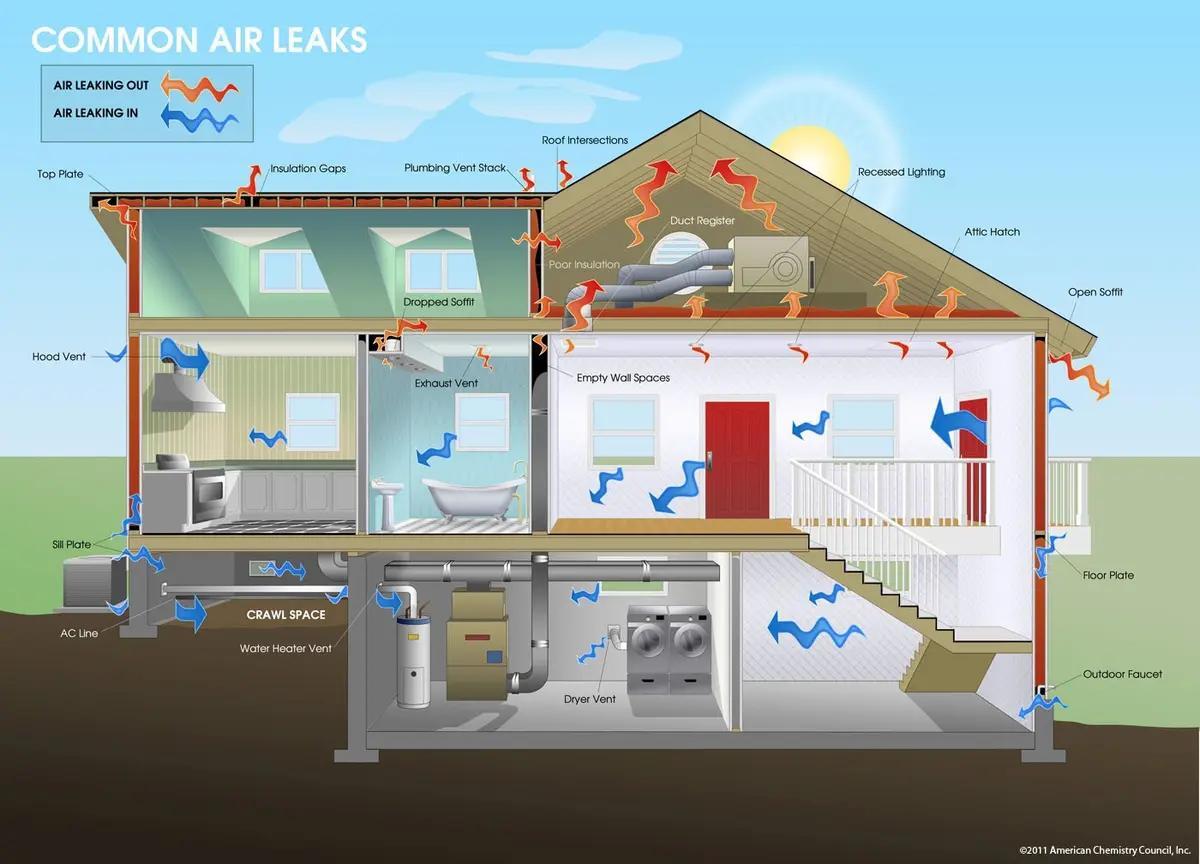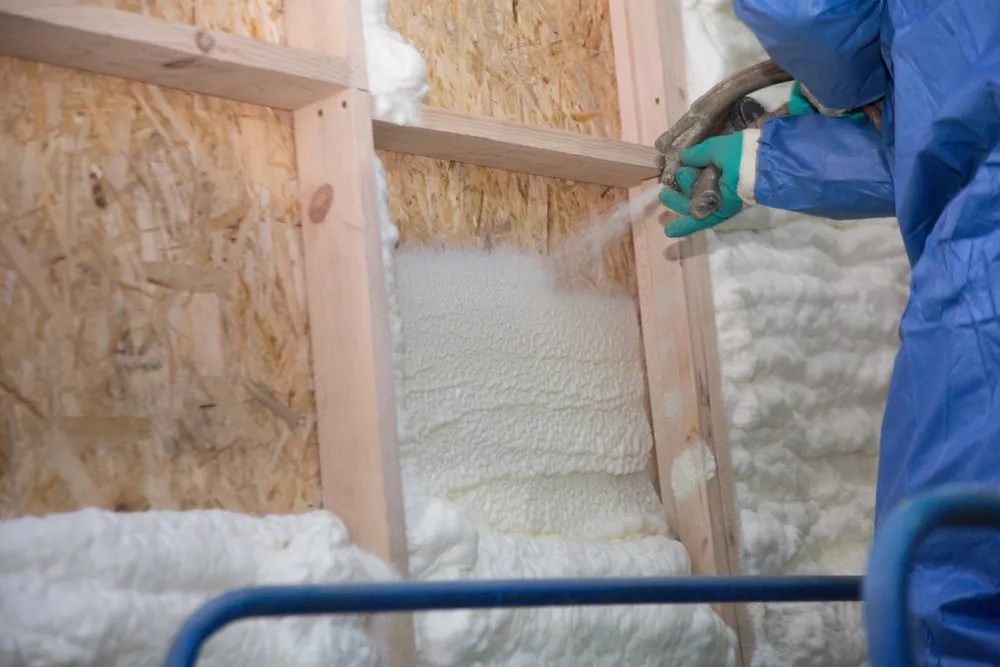What’s the number one user of energy in America? (Hint: You may be in one now.)
Nope, not our cars. Not our airplanes or factories. It’s our nation’s homes and buildings. Technically, the residential and commercial sectors. Together, our homes and buildings use nearly 40% of our energy, according to the Department of Energy (DOE).
So, if we’re going to rebuild our nation’s infrastructure while creating a lower carbon future, it makes sense to modernize this immense, energy-consuming sector. Especially our homes.
To get to that future, we’re going to need innovative, modern plastic building insulation… to restore our infrastructure and our environment.
First, a few facts and figures…
- The vast majority of our nation’s overall energy (79%) is sourced from fossil fuels, such as coal, natural gas, and oil (10, 34, 35% respectively).
- More than half (51%) of energy use in our homes is for heating and air conditioning (2015 data), and most of that energy today is sourced from fossil fuels. (Interesting note: Heating accounts for 5+ times more of our home energy use than air conditioning.)
- Renewable energy accounted for only 7% of residential energy use.
While we’re headed toward a lower carbon future, we’ve clearly got a long way to go.
It’s not all gloom. Our energy use per household is actually going down. According to DOE: “The decline in average household site energy consumption has offset the increase in the number of homes overall, resulting in relatively flat residential sector energy consumption since the mid-1990s.” So, even though we’ve built more homes, their overall energy use has remained about the same.
That’s good news. But… exactly why is household energy use declining? DOE cites three main reasons:
- People are moving to more temperate climates (fleeing the cold!) and need less energy-sucking heat.
- Improved efficiencies in heating/cooling equipment, water heaters, refrigerators, lighting, and appliances.
- And a big one: “Improvements in building insulation and materials.” Here’s where the huge, largely untapped energy savings lie. Here’s where innovative, modern building materials can drive down our carbon footprint while creating more resilient housing.
It’s great that per unit energy use is down, but most of today’s homes are built with insulation systems commercialized mid-last century – batting hung between wood – that result in relatively low R-value and “leaky” homes. Our homes unfortunately still lose too much energy due to outdated building practices, construction based on older building codes, and low-tech insulation. Modern building materials can create much tighter systems that better seal our homes and keep the weather where it belongs.

How? While there are multiple highly effective plastic insulation products, many have something in common: air. They use a small-ish amount of plastic material filled with an insulating cushion of air. Like a foam cup that helps keep coffee hot for hours and ice frozen for the entire ride home.
These products are made to cover large surfaces to cut down on joints where leaks can occur. They’re often resistant to water damage. They can be laid under foundations and outside on walls and roofs (out-sulation?) to double up insulation. And some can expand into wall/ceiling cavities to help block unwanted movement of heat/cold, as well as keep out dust, dirt, and insects.
Some plastic insulation also combines with concrete and other materials to create walls and foundations that are significantly more resilient than today’s common new homes (read about hurricane resistant homes here).
And then we can cloak this foam insulation in energy-saving house wrap to further seal our homes against the elements. Plus, we can retrofit our existing, aging homes with this modern insulation.
How well does this stuff work? In 2013, the federal government built a test facility (in fact, a genuinely nice single-family home) near Washington, D.C. using solar energy, various plastic foam insulation products, and other energy saving techniques. In its first year, the home actually earned a credit by exporting surplus energy to the local utility, instead of paying the estimated $4,400 electricity bill for a comparable suburban Maryland home… despite months of below-average temperatures and double the normal snowfall.
What about normal homes? As an example, a 2021 study found that if all U.S. single-family homes used plastic spray foam insulation, the reduction in greenhouse gas emissions would be equivalent to taking nearly 40 million cars off the road each year. It also could reduce greenhouse emissions related to home heating/cooling by as much as a whopping 40% (and reduce our utility bills).
While some modern building materials may not be as economical in the short run – that is, they may raise initial building costs – using them is sort of like installing solar energy: It may require an up-front investment, but it pays dividends over time. In increased energy efficiency, lower energy costs, and reduced greenhouse gas emissions. Which help create a lighter environmental footprint. All while contributing to a more resilient, lower carbon national infrastructure.
We already have the materials that can drive down greenhouse gas emissions from our homes and buildings. Let’s use them.

